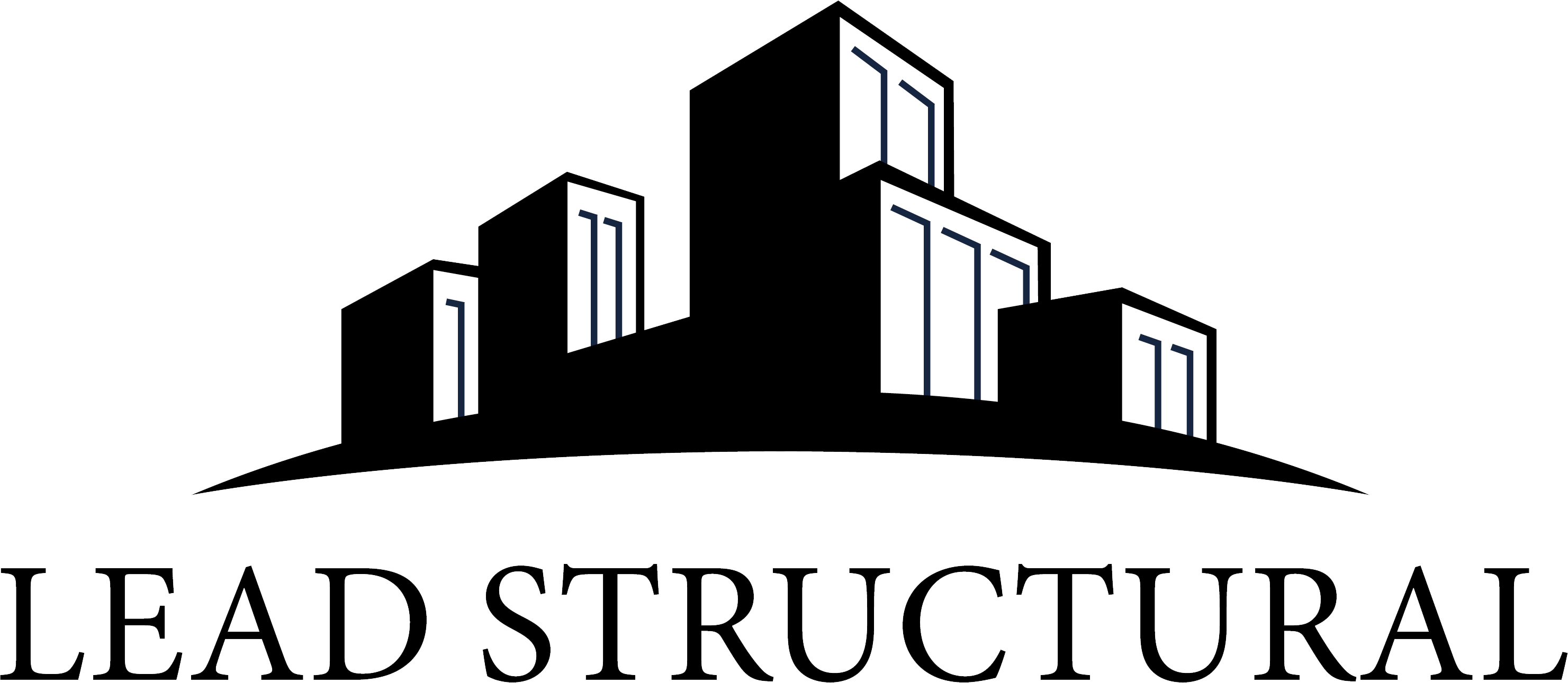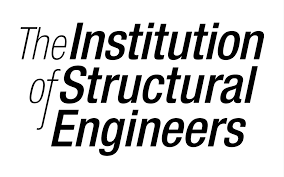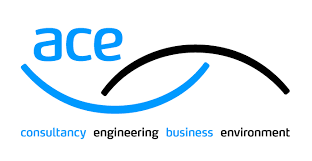SUSTAINABLE DRAINAGE
Drainage frameworks can add to sustainable advancement and improve the spots and spaces where we live, work and play by adjusting the various chances and difficulties that impact urban plan and the advancement of networks.
Ways to deal with oversee surface water that assesses water amount (flooding), water quality (contamination) biodiversity (natural life and plants) and amenity all fall into Sustainable Drainage Systems (SuDS).
The sustainable drainage system plays an important role in sustainable development which will help us increase efficiency and will improve the places where we live, work or play. It is a step towards sustainable urban design.


SUSTAINABLE DRAINAGE
Sustainable drainage system includes surface water management by considering water quantity and by amenity /biodiversity.
Suds are designed to transport surface water or slow down the runoff. They are used to store water in the natural contours and can be infiltrated into the ground which will help in sustaining the water level below ground. It can also be transpired from vegetation which is known as evapotranspiration. Suds are environmentally friendly and they are minimizing the harmful effects of urbanization i.e. draining surface water efficiently and sustainably, which results in minimizing the pollution and implementing the rainwater harvesting concept.
As compared to traditional drainage system SuDS are more effective and sustainable due to the following points:
- Slow down the surface water runoff.
- More infiltration in the ground
- Increase the underground water recharge;
- A natural flow in intercourses is protected
- Evapotranspiration from surface water and vegetation is improved
- Runoff reduces pollution
- Water quality is improved
- Protection of wildlife in urban areas
We are shifting from traditional drainage towards the sustainable drainage system, our designs are not limited towards the flood risk only but we are considering it as our resources so our design strategy is how to gain maximum advantage or benefits from it. SuDS can be developed in areas where the capacity of the sewerage system is almost full so that we can increase the efficiency of the system and make it sustainable.
SUDS PHILOSOPHY
SuDS are designed according to the limitation of the site but the main purpose of SuDS is to replicate the natural drainage system in the best possible way before the development.in designing the SuDS three things are most important i.e. water quality, water quantity and biodiversity.
Components of SuDS design
SuDS design has four components
- Water quality
It decreases pollution by managing the water runoff
- Water quantity
It protects and manage the natural water cycle and also helps in flood risk management
- Biodiversity
It helps in creating a better natural place through sustainability
- Amenity
It helps in creating a better place for humans.
PRINCIPLES OF SUDS
Surface water is one the valuable asset or resource which can be helpful in numerous ways and it should be managed in a good and sustainable way by planners, architects and engineers etc. SuDS can provide flexible drainage system i.e. in public spaces, transport areas and in open spaces etc.
Principles of SuDS
- Rain water harvesting
- Allowing the process of the infiltration
- Controlling the flow of water so that sediments can settle
- Improve underground water recharge
- Pollution is reduced through runoff
- Slow down surface water transportation






